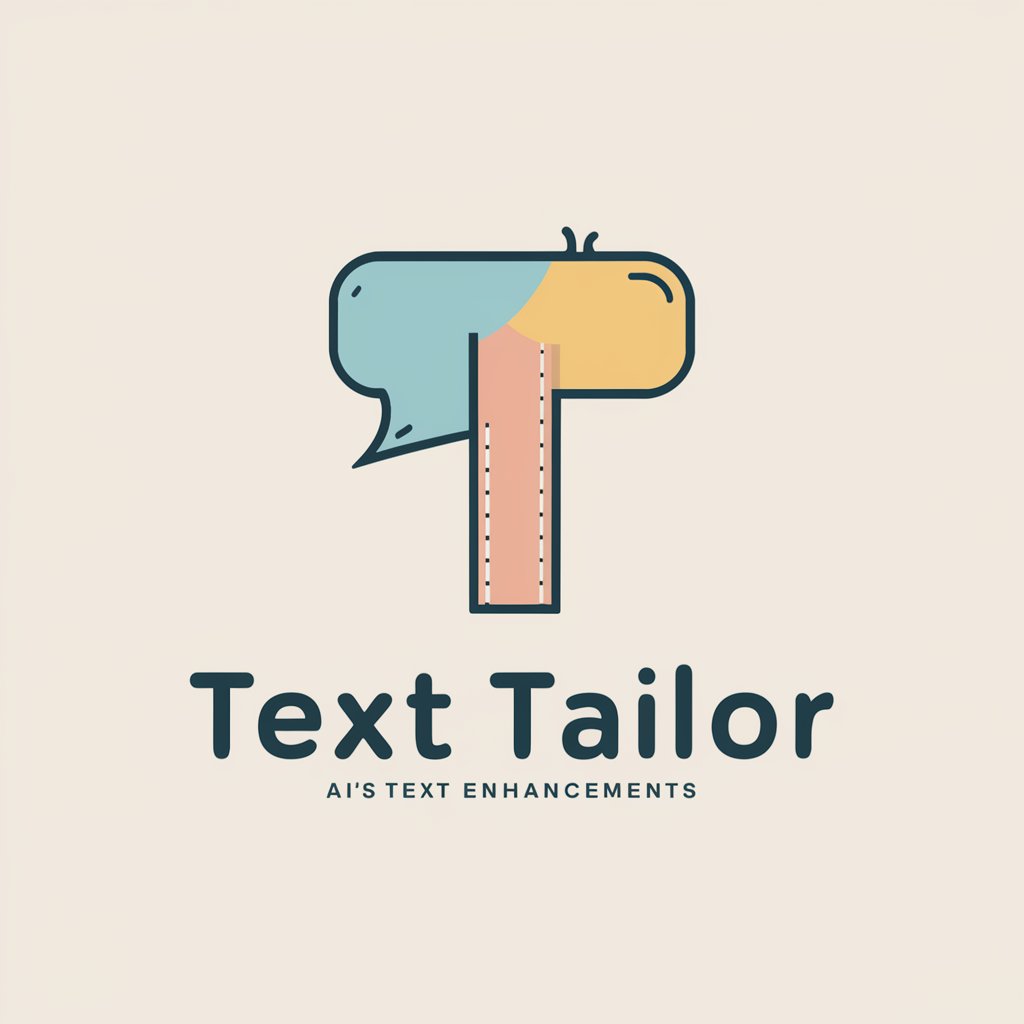
Text Merger - Academic Content Merger
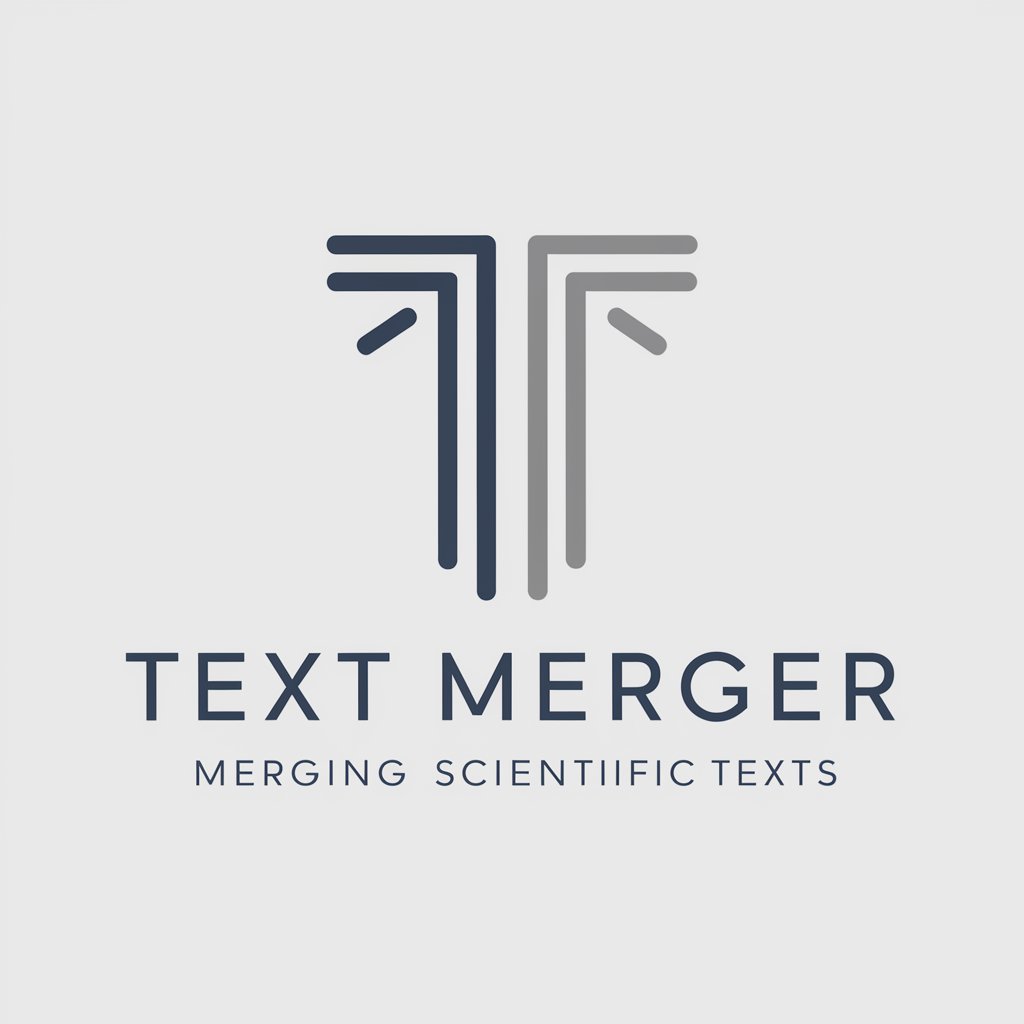
Welcome to Text Merger, your tool for precise scientific text integration.
Merging Academic Texts with AI Precision
Research the impact of climate change on marine biodiversity using...
Analyze the latest advancements in renewable energy technology by comparing...
Evaluate the effectiveness of different cancer treatment methods through...
Investigate the role of artificial intelligence in modern healthcare systems by integrating...
Get Embed Code
Understanding Text Merger
Text Merger is designed as a specialized tool for merging texts in scientific research, ensuring data accuracy and adhering to the formal structure of scientific articles. It operates by receiving a research topic followed by two distinct sources of information. Text Merger then combines these sources into a comprehensive article, exclusively using information from the provided texts. This approach includes integrating data, theories, findings, and discussions from multiple sources into a single coherent narrative, while meticulously citing these sources to maintain academic integrity and clarity. For instance, when synthesizing information on the impact of climate change on marine biodiversity, Text Merger would extract and merge relevant data, hypotheses, and conclusions from two separate research papers, indicating the source of each piece of information with corresponding citations. Powered by ChatGPT-4o。

Core Functions of Text Merger
Data Synthesis
Example
Combining quantitative data from multiple studies into a unified data set.
Scenario
In the context of a meta-analysis on the efficacy of a new drug, Text Merger would synthesize results from two clinical trials, providing a comprehensive overview of the drug's effectiveness and side effects.
Theory Integration
Example
Merging theoretical frameworks from different sources to form a comprehensive theoretical background.
Scenario
For a literature review on behavioral economics, Text Merger would integrate theories from two foundational texts, offering a rich, unified theoretical foundation for further research.
Discussion and Analysis
Example
Combining discussions and analyses from multiple papers to form a multi-perspective analysis.
Scenario
In drafting a discussion section for a thesis on renewable energy solutions, Text Merger could merge insights and critiques from two separate analyses, facilitating a nuanced discussion on the potential and challenges of solar versus wind energy.
Who Benefits from Text Merger?
Academic Researchers
Researchers who are involved in writing literature reviews, meta-analyses, or any form of research that requires synthesizing information from multiple sources would find Text Merger invaluable for creating cohesive, comprehensive, and accurately cited documents.
Students
Students at the undergraduate, graduate, or doctoral level who are working on theses, dissertations, or any research project that necessitates the integration of multiple sources into a single narrative, would greatly benefit from Text Merger's capabilities to merge and cite sources effectively.
Science Writers and Journalists
Writers and journalists who specialize in science and need to report on complex topics by integrating information from various studies or reports would find Text Merger's ability to synthesize data and theories while ensuring accurate citations extremely useful for producing clear, comprehensive articles.

How to Use Text Merger
Start for Free
Initiate your journey by visiting yeschat.ai, where you can access a free trial of Text Merger without the need for login or subscribing to ChatGPT Plus.
Choose Your Research Topic
Identify and clearly define the specific research topic or question you wish to explore using Text Merger.
Prepare Your Sources
Collect two distinct, credible sources of information related to your topic. Ensure these sources are well-structured and relevant.
Merge and Cite
Input the texts from your chosen sources into Text Merger. The tool will seamlessly integrate the information, providing clear citations for each piece of merged content.
Review and Refine
Examine the merged output for coherence, accuracy, and completeness. Utilize Text Merger's editing features to refine the document as needed.
Try other advanced and practical GPTs
Anime Girl Highschool RPG
Dive into an AI-powered high school anime adventure.

Paco the Spanish Tutor
Your AI-powered Spanish Coach

Real to Anime
Bringing your photos to anime life, AI-powered.

Man In The Corner
Unveil the Shadows with AI

Gymrat Mike
Maximize Your Muscle Growth with AI
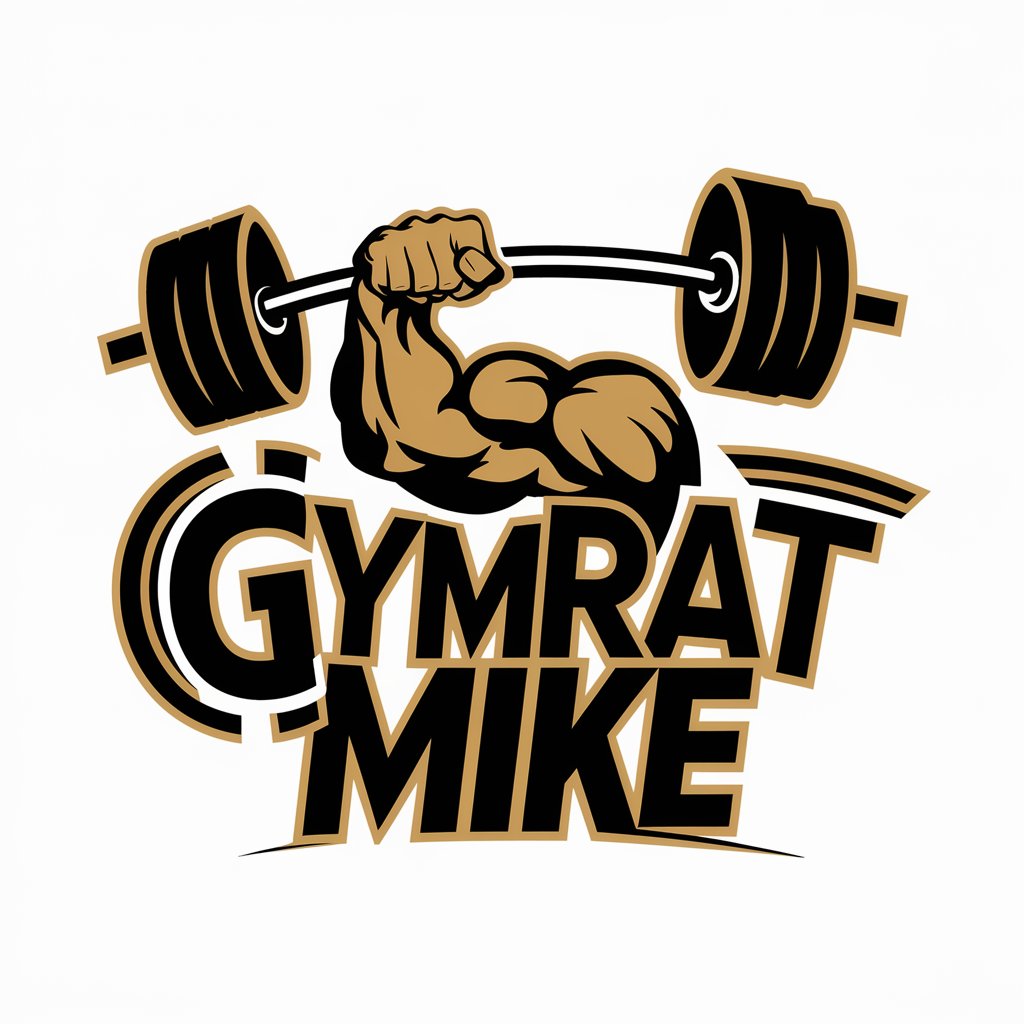
Slenderman RPG
Unravel mysteries with AI-powered narratives.
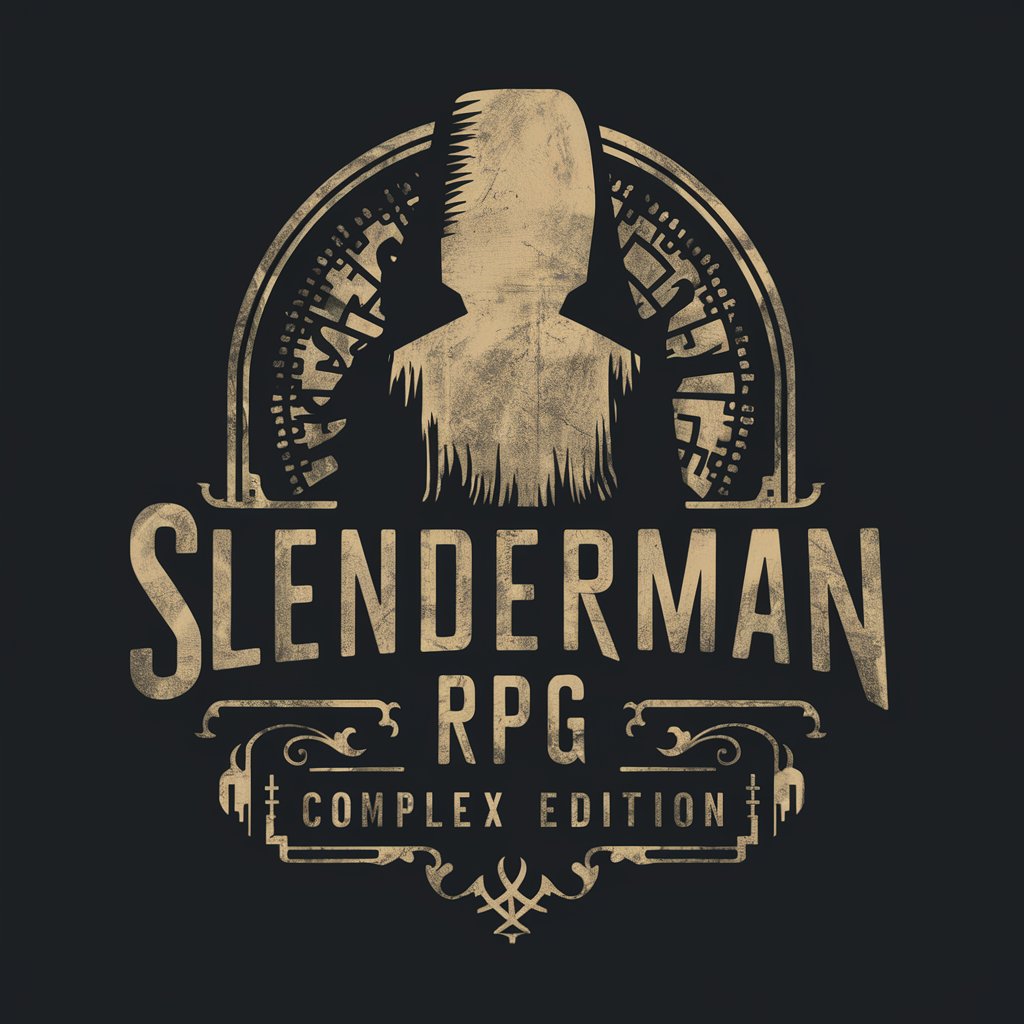
Solar Sentinel
AI-Powered Solar Phenomena Expert
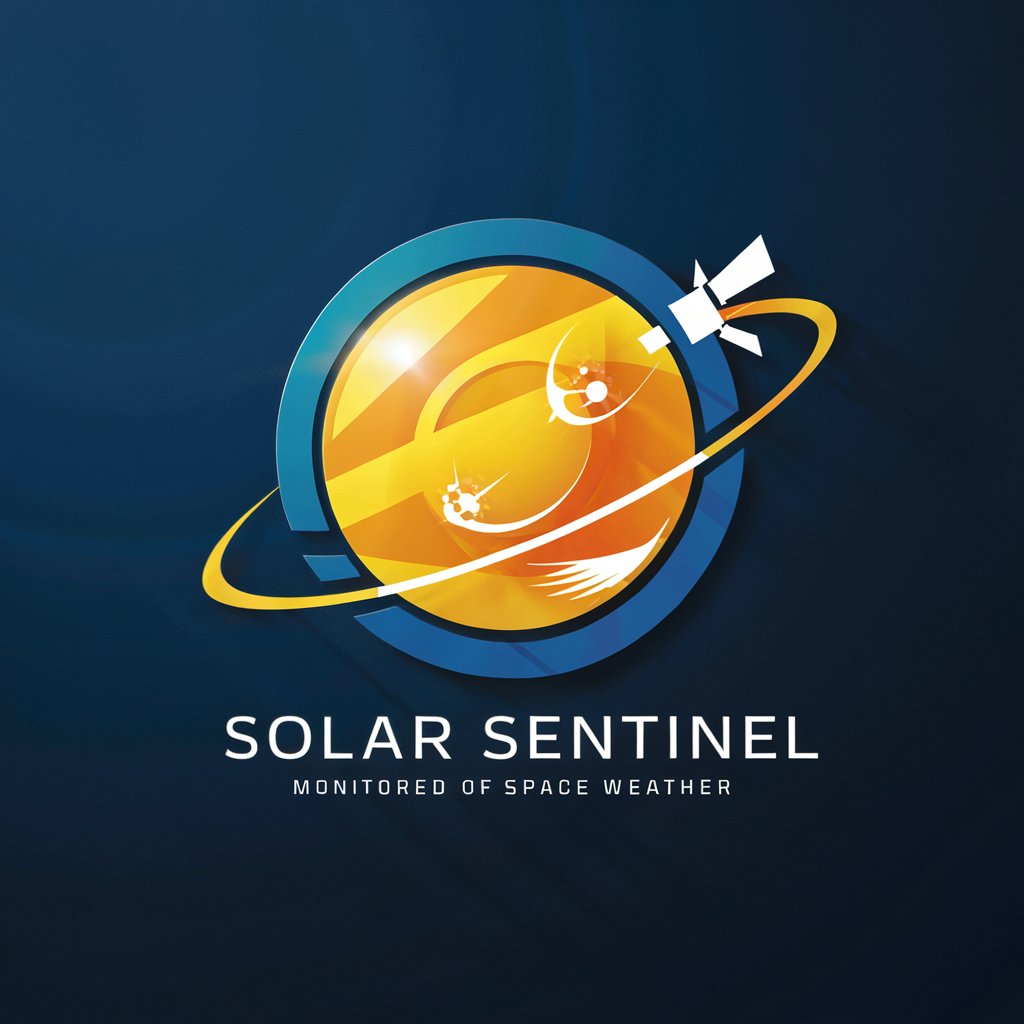
Polar Bear GPT (Easy knowledge helper)
Explore nature with a friendly Arctic guide.

Polars Pro
Empower data analysis with AI efficiency.

Prompt Instruction Optimization Specialist - PIOS
Optimize prompts with AI precision

Auto GPT
Empower your research with AI.
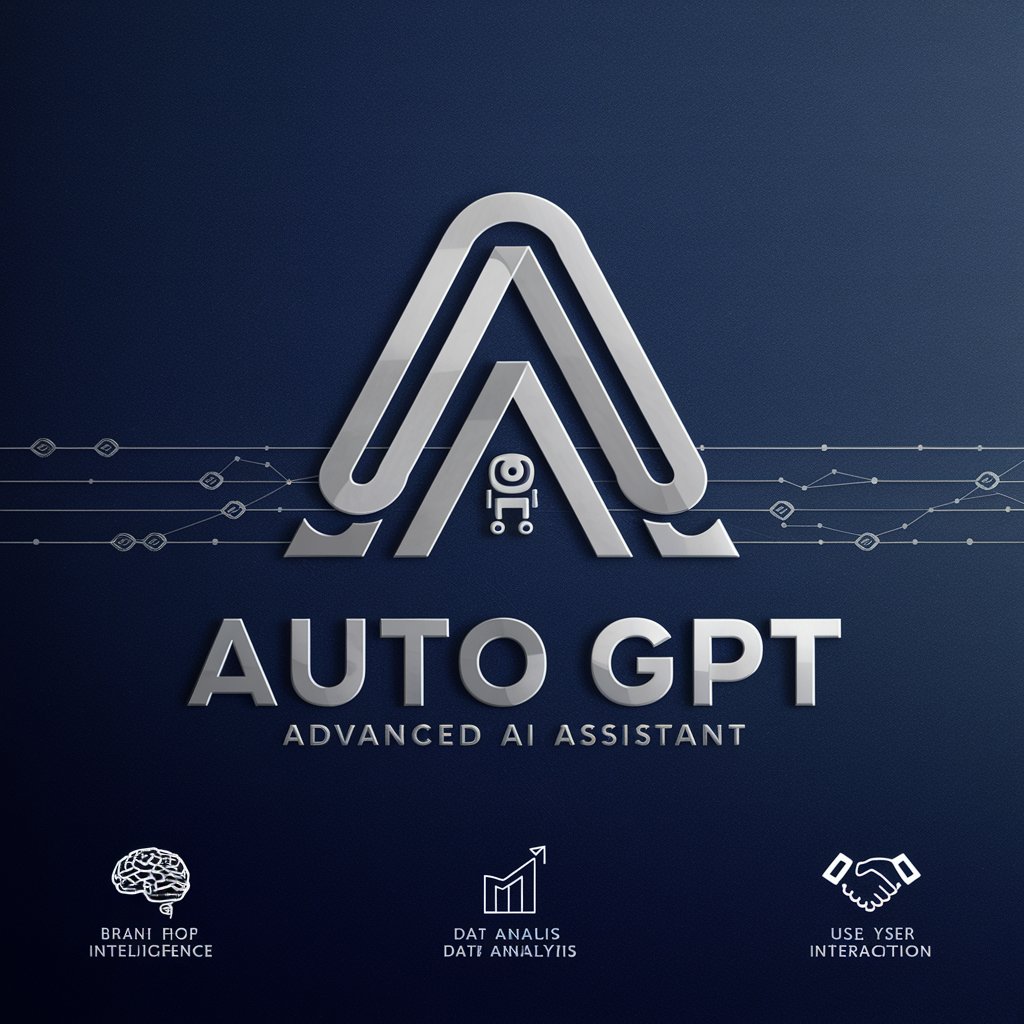
Pious Guide
AI-Powered Islamic Enlightenment

Text Merger: Detailed Q&A
What is Text Merger designed for?
Text Merger is tailored for merging information from multiple texts into a single, coherent document, specifically targeting academic research and ensuring data accuracy with proper citations.
Can Text Merger handle sources from different disciplines?
Absolutely. Text Merger is designed to integrate and harmonize content from diverse academic fields, making it a versatile tool for interdisciplinary research.
How does Text Merger ensure citation accuracy?
The tool automatically assigns citations to the integrated content, referencing each piece of information back to its original source to maintain academic integrity.
Is there a limit to the length of texts Text Merger can process?
While there's no set limit, optimal performance is achieved with well-structured sources of moderate length to ensure the merged output is both accurate and manageable.
How does Text Merger support non-English texts?
Currently, Text Merger is optimized for English texts. However, it can process texts in other languages, provided the user understands the nuances and intricacies of merging such content.



